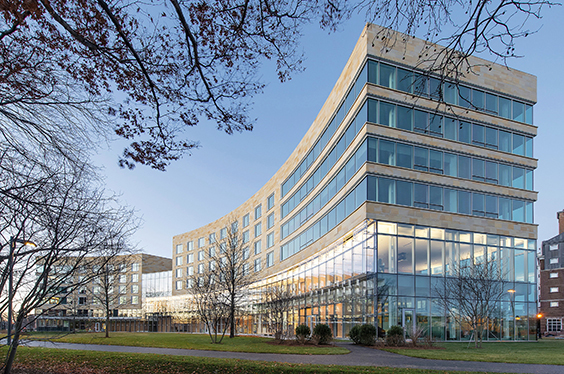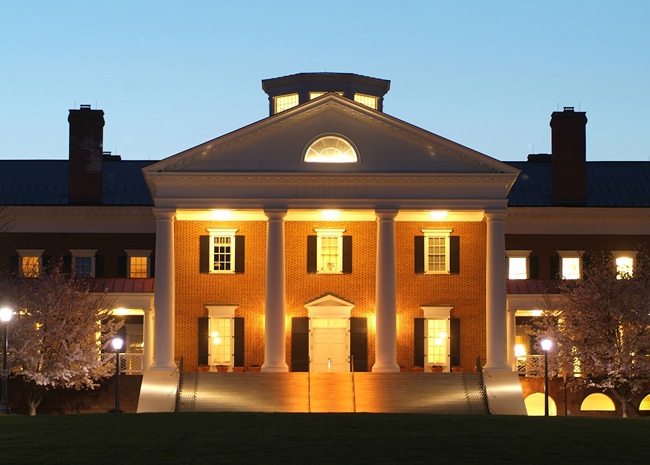
Business education doesn’t end with a degree. In fact, business schools — ever on the lookout for new revenue streams — have turned executive education into a tidy revenue stream. Look no further than MIT Sloan, where a two-day global strategy course runs $3,700. That’s chump change. At Wharton, a six course General Management program for working managers costs $60,000, replete with executive coaching and alumni status. That’s quite a deal on both sides. Business schools can re-purpose existing content — or charge a premium to customize it. For executives, that means learning from rock star profs…and plastering a big name school on their Linkedin profiles.
You’d think American programs would dominate this space. Not so according to The Financial Times, which ranks executive education programs each year. Here, IMD and IESE are the names to remember. Since 2012, IMD has topped all rivals in the pre-prepared “open enrollment” marketplace. Beginning in 2015, IESE earned the highest marks from its clients in custom-developed content.
This year, you’ll find the same is true, with IESE edging out its Swiss rival when the open enrollment and custom scores are combined. However, you’ll also find a new player squeezing into their yard. And it’s a school whose brand sends its competitors scurrying for cover. It is a name that conjures up images of cases and cold calls — and deep pockets and vast resources to match. Yes, Harvard Business School finally climbed into the top three in the combined rankings. Chances are, it will quickly be vying for the top spot.
HARVARD DONE IN BY ONE FUNDAMENTAL METRIC

Harvard Business School’s executive education center, Tata Hall
Indeed, IMD and IESE should be scared, particularly in the broader open enrollment market, where HBS is holding 75 courses over the next year. From nonprofit management and board governance courses to sections devoted to management in Africa, India, China, and the Middle East, HBS offers something for everyone. And executive education students don’t get the adjunct and associate professors, either. You’ll find Clayton Christensen teaching in the year-long Managing Health Care Delivery program and Dean Nitin Nohria returning to the classroom for the HR-Executive Suite Connection in July
With such firepower, you can assume that Harvard delivers the goods. And The Financial Times survey respondents who evaluated their HBS executive education experience agree. In the 10 open enrollment categories evaluated by FT, HBS scored a Top 5 ranking in nine of them, edging out IMD, which had eight. Ironically, Harvard didn’t earn the highest mark in any category, though it finished 2nd when it came to meeting expectations and the quality of the faculty, participants, and (most importantly) food. Not notching a top mark isn’t the reason why HBS fell short in open enrollment, however. Instead, the school failed in the most fundamental aspect of sales: Follow up. It ranked 21st when it came to circling back with participants once courses were completed to gauge its effectiveness. More embarrassing, HBS finished 18th in follow up in 2016, meaning it hasn’t learned from its mistakes.
You can’t say that in the custom-tailored curriculum, where Harvard vaulted from 14th to 5th. Here, HBS produced Top 5 scores in seven categories, a performance that equals top-ranked IESE. Notably, Harvard jumped from 19th to 6th in program design and 14th to 3rd in teaching methods and materials. So why didn’t HBS earn the top spot? Simple: it ranked 48th — 48th — in follow up with its corporate customers! In other words, when it comes to service after the sale, HBS ranks below such household names as Yonsei University, Tias Business School, and BI Norwegian Business School. In fact, Harvard’s only saving grace is that it ranked ahead of Stanford, which finished an embarrassing 58th in follow up.
Bottom line: Harvard is just one weakness away from becoming the top executive education program in the world. Perhaps the school could take a page from Georgetown, which ranked first in follow up in the customized ranks or Columbia Business School, the high performer among American schools in follow up for open enrollment clients at 11th.
ROSS AND DARDEN DEFINED BY ACROSS THE BOARD EXCELLENCE

Virginia’s Darden School of Business
While American business schools are the envy of the full-time and executive MBA markets, they lag far behind their European counterparts in executive education. In open enrollment, just three American programs rank among the Top 10: Harvard, the University of Virginia (5th) and the University of Michigan (9th). The numbers improve during a deeper drill into the Top 20, which include Stanford (13th), Wharton (14th), Columbia (17th), MIT Sloan (18th), Chicago Booth (19th), and UCLA Anderson (20th).
In fact, Darden climbed into the open enrollment Top 5 thanks to tapping into its traditional strengths: content and delivery. In this arena, Darden ranked 1st overall in course design, faculty quality, and facilities, while ranking 2nd in preparation required and teaching ability — strengths that it shares with Harvard Business School, another case-driven program whose foundation rests on a rigorous curriculum and a reverence for teaching quality. So it should come as no surprise that Darden shares the same Achilles Heel: It finished 28th in the participant survey for follow up. In addition, the school floundered in the relevance of its content (12th) and the quality of peer participants (14th). Even more, Darden has failed to crack the code in the customized space, finished 31st overall, with its highest mark here coming in overall value at an uninspiring 14th.
Like Darden, Ross also thrived in open enrollment, but floundered in the custom market. In the former, it ranked in the top 10 in every category except food (11th) and (surprise!) follow up (30th). This news isn’t particularly rosy for Ross. In 2016, Ross ranked in the Top 5 in every category except quality of participants (7th) and follow up (11th), which resulted in the program tumbling two spots in the open enrollment ranking.
Overall, Stanford is a Top 10 executive education program, placing 13th in both the open enrollment and customized markets. In open enrollment, food was the biggest Stanford draw, with the school placing 1st among its peers. It also ranked 4th for the quality of its participants and 9th for faculty. In custom, Stanford was solid across the board when follow up was removed, with its scores peaking in the quality of facilities (3rd) and skill development and meeting expectations (both 6th).





Questions about this article? Email us or leave a comment below.